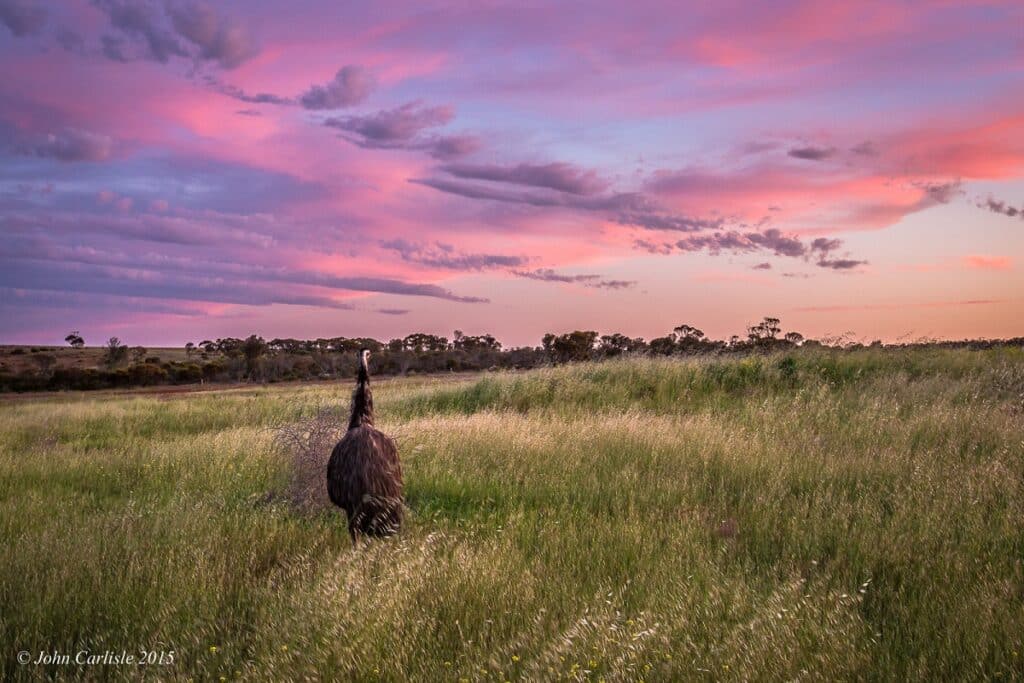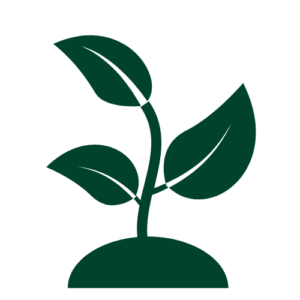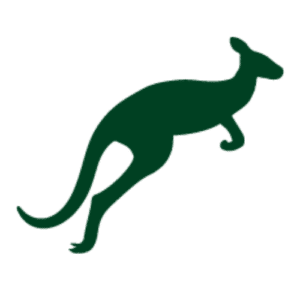Alan and Kay Pearson are the owners of Copperstone, a property located approximately 50km north of Hopetoun. Copperstone is a wildlife-friendly property and is committed to the National Landcare Programme ’20 Million Trees’ until 2019 and is a participant in the Gondwana Link initiative.
Copperstone is situated in the Ravensthorpe Range and covers 120 hectares in total. Approximately 32 hectares of the property is established, old-growth bush and 70 hectares has recently undergone full restoration with a wide variety of native trees and plants as part of the ’20 Million Trees’ program. Approximately 16 hectares remain clear for future permaculture use. Vegetation is dominated by eucalypt woodlands with an abundance of wildflowers. Due to its location in the Ravensthorpe Ranges, the property forms a part of a significant biological corridor between the Fitzgerald River National Park and the Great Western Woodlands, and is noted as an area with high biodiversity values and significant mineralisation. Current estimates show 1,324 species of native plants are present in the Ravensthorpe vegetation system and this figure includes at least 58 endemic taxa, and 76 taxa listed as being of conservation significance.
Copperstone provides important habitat for several threatened species of vertebrates and other wildlife including chudditches (Dasyurus Geoffroyi), emus (Dromaius novaehollandiae), western grey (Macropus fuliginosus) and red (Macropus rufus) kangaroos, western pygmy possums (Cercartetus concinnus) and a variety of birds and reptiles.
This sanctuary is featured in Wildlife Lands 18!
Copperstone is a 120 hectare property situated in the Ravensthorpe Range in southern Western Australia. It is near the town of Ravensthorpe and the heritage-listed Fitzgerald River National Park (a listing initiated by a Humane Society International nomination made in 2006), and approximately 50 kilometres from the stunning Southern Ocean coastline and the town of Hopetoun.
The property had been under a pastoral lease since the mid-1800s, the gently undulating land we purchased in 2011 once part of a much larger parcel of farmland. When we became the custodians of Copperstone it consisted of 32 hectares of established native bushland with around 87 hectares of fallow farmland. The farmland had started to become invaded by African boxthorns and many other weeds including saffron thistles, thorns, and wild canola.
In 2015 a full reforestation project commenced as part of the Federal government’s 20 Million Trees Programme, with CO2 Australia contracting Justin Jonson from Threshold Environmental in Albany to complete the works. Under this project, endemic native vegetation is being reestablished on the former farmland in line with the objectives of the Gondwana Link connectivity initiative and priority actions of the Fitzgerald Biosphere Recovery Plan, focusing on linking and enhancing habitat critical for species highly susceptible to fragmentation.
Ravensthorpe experienced very wet years in 2015 and 2016, however 14,000 native trees and shrubs were successfully planted over 71 hectares of Copperstone. Justin and his team put an enormous amount of time and energy into the project and they will continue to monitor it until 2019. A large barn which has commanding views of the surrounding ranges is being converted into a bunkhouse to accommodate up to 12 people, along with a workshop study area for relevant groups interested in botany and wildlife. After all, Ravensthorpe is renowned for its wildflowers and diverse range of flora and fauna, with many endemic, rare and endangered species present.
Copperstone provides habitat for several iconic species of wildlife including chudditches, emus, western grey and red kangaroos, western pygmy possums and a variety of birds and reptiles. Learn more at www.copperstone-ravensthorpe.com






